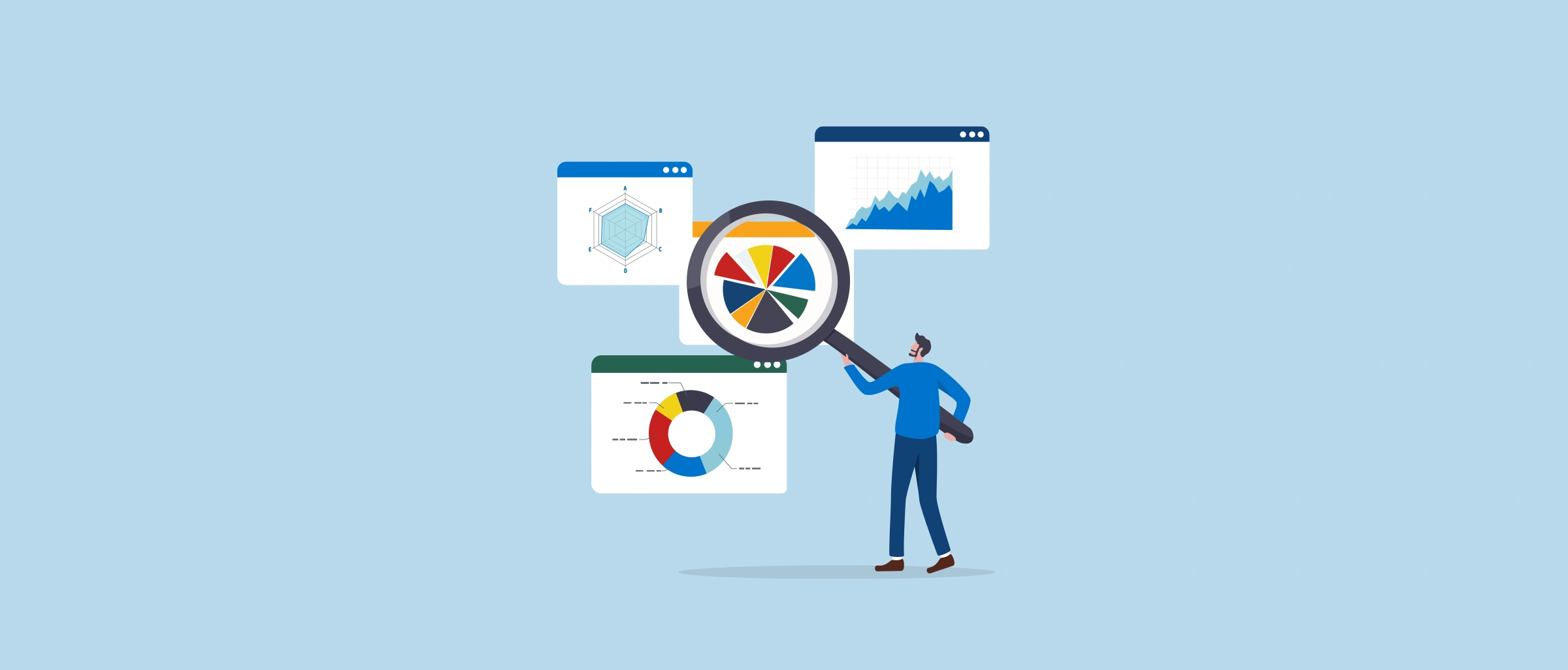By Jeff Strohl, Director

For months, the news cycle focused on the plight of recent college graduates and growing fears that entry-level workers are increasingly unable to compete with AI in today’s job market. As I mentioned in our last newsletter, recent graduates are struggling more than they have in past years, but there is considerable evidence that young people with college degrees are still doing better than those without. While the unemployment rate for recent college graduates (4.8 percent in June 2025) is high, it is lower than that of all workers ages 22–27 (7.4 percent). I’ve been concerned that the myopic focus on the former obscures an economy gripped by growing uncertainty and a slowing labor market that will affect all workers, not just recent college graduates.
The litany of headlines reporting a gloomy economic outlook suggests my concerns aren’t unfounded. In August, the US unemployment rate hit 4.3 percent, its highest point since 2021. But perhaps the biggest surprise was the revision to June’s numbers, which showed negative job growth and the end of the economy’s 53-month growth streak. About a week later, we learned that the Bureau of Labor Statistics’ (BLS) annual revisions adjusted down the number of jobs added to the economy between March 2024 and March 2025 by almost 1 million. These are ominous signs that we may be entering an economic downturn, but it’s too early to say if the adoption of AI is driving deeper changes within the workforce and our economy.
We’re seeing a number of forces converge to create significant uncertainty for workers and employers and cause paralysis in the labor market.
- The current administration’s tariff policy is leading to higher prices, with companies forecasting more to come, and a recent Bureau of Economic Analysis report on the Personal Consumption Expenditures (PCE) index indicates inflation is still well over 2 percent.
- Federal Reserve officials are concerned enough about the economy that they recently approved a quarter-point cut in the interest rate in spite of inflation, citing economic signals like slowing job gains and rising unemployment.
- The administration’s reduction in force will have cut 300,000 workers from the federal government by the end of December 2025, adding to the number of people out of work.
- The foreign-born population declined by close to 1.5 million people from January 2025 to June 2025, indicating an exodus of immigrants who play a critical role in the US workforce regardless of citizenship status.
Will the drop in interest rates be enough to provide a much-needed boost to the economy? Or are we in the throes of “irrational exuberance” just waiting for the next bubble to burst?
I wish I knew the answer, but in the absence of certainty, job openings, hires, and separations are core indicators of the health of a free-market economy. The month-over-month decline in job openings since mid-2022, from 12.1 million openings in March 2022 to 7.2 million in July 2025, and similar trends for hires and separations are clear evidence of a slowing job market. As of mid-August, hiring was down in 11 states and up in only one. The vitality of the US job market relies on workers changing jobs to find the best fit and make room for new workers as the economy grows. Now, workers are reluctant to leave their jobs, and employers are reluctant to lay off or fire workers—the “great resignation” that followed the COVID-19 pandemic has given way to the “great stay.”
We’ve been so focused on unemployment rates for recent college graduates and the specter of AI that we’ve missed the bigger picture. Declining job growth, economic uncertainty, and fears of inflation all point to a slowing economy. Struggles among college graduates may have been early smoke from a smoldering fire, but recent manufacturing and construction reports indicate that the hiring slowdown is also significantly affecting blue-collar jobs. Simply stated, there are many reasons to be concerned, and now is the time to think about how to steady the economy and prepare for economic turmoil.
The US economy has traditionally been flexible and resilient in the face of change because our approach to education focuses, in part, on general and specific skills. But the addition of AI to the mix is a wild card, the impact of which remains uncertain. While AI will undoubtedly change the nature of work and the types of skills valued by employers, turning away from postsecondary education is not the answer.
The combination of general and specific education in traditional bachelor’s degree programs provides workers with the flexibility needed to succeed in a more complex and evolving workplace. The general education course requirements for undergraduate majors convey foundational skills and knowledge across broad fields of study, which in turn prepare students to apply what they’ve learned in a wide variety of contexts. Meanwhile, the skills students develop in pursuit of their major provide them with applicable, specialized knowledge for specific kinds of work or even specific jobs. The job market of the future will require workers who are highly adaptable to rapidly changing circumstances. In a world where the value of specific skills is increasingly in flux, foundational skills will become even more important.
In a recent New York Times opinion piece, Carl Benedikt Frey warned that AI could lead to a new phase of deindustrialization that will dramatically transform how we work and live. Frey implores us to think about what is on the other side of this possible structural break: “Deindustrialization’s lesson is not that decline is inevitable, but that reinvention is essential.” It’s difficult to predict what that reinvention will entail, but the most successful among us will have both general and specific skills and the intellectual flexibility to adapt to whatever changes might come our way.



